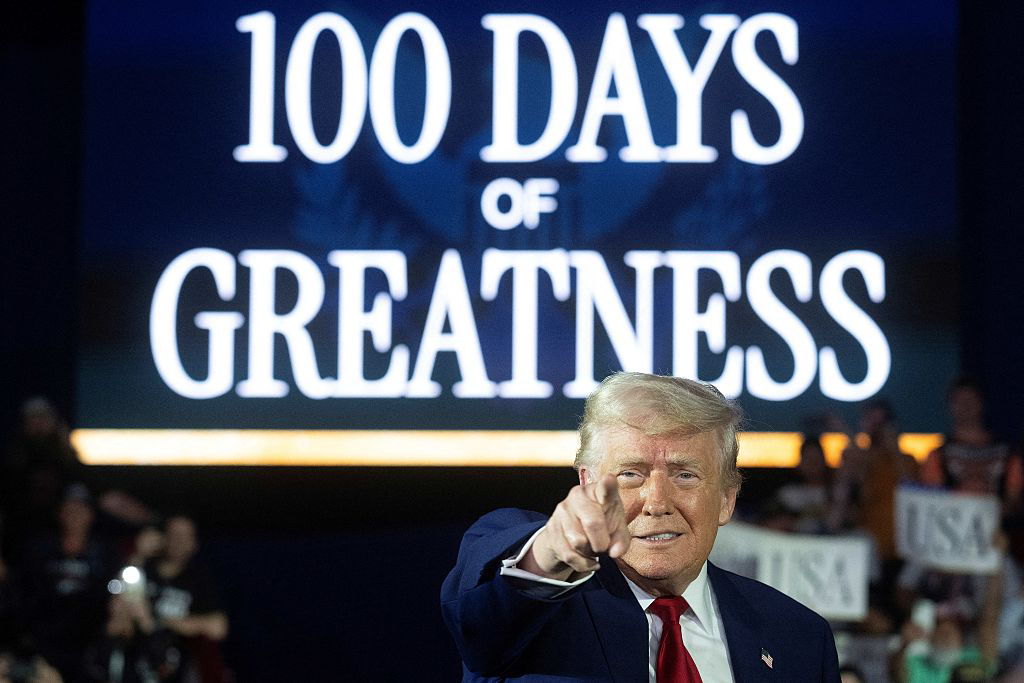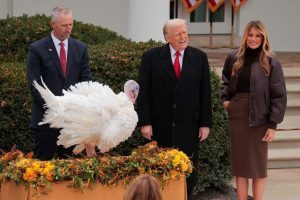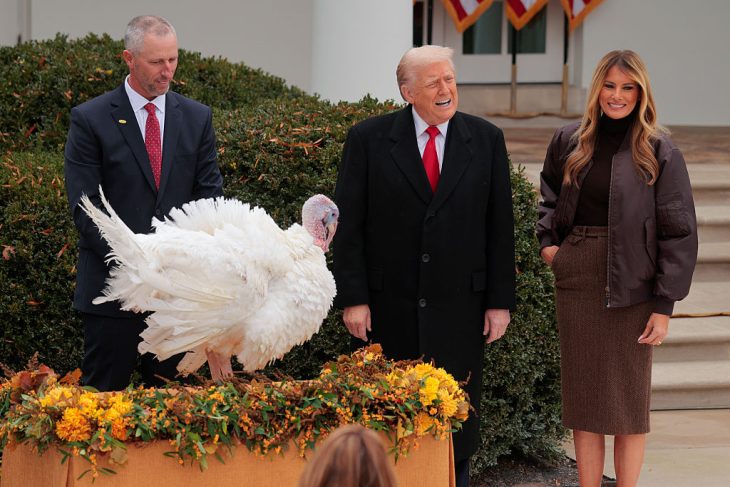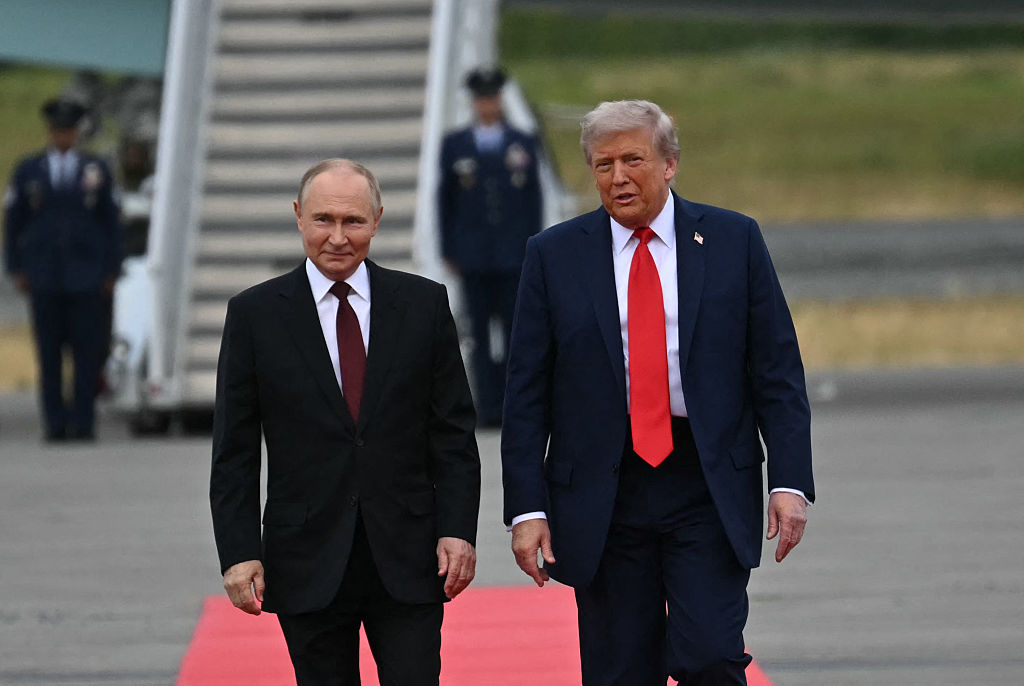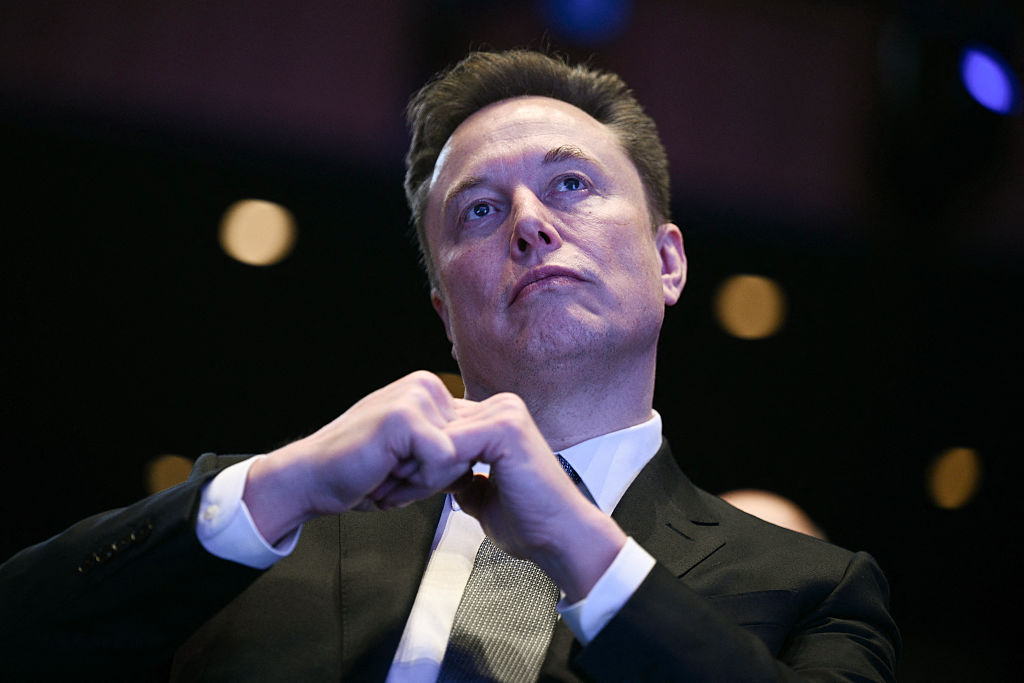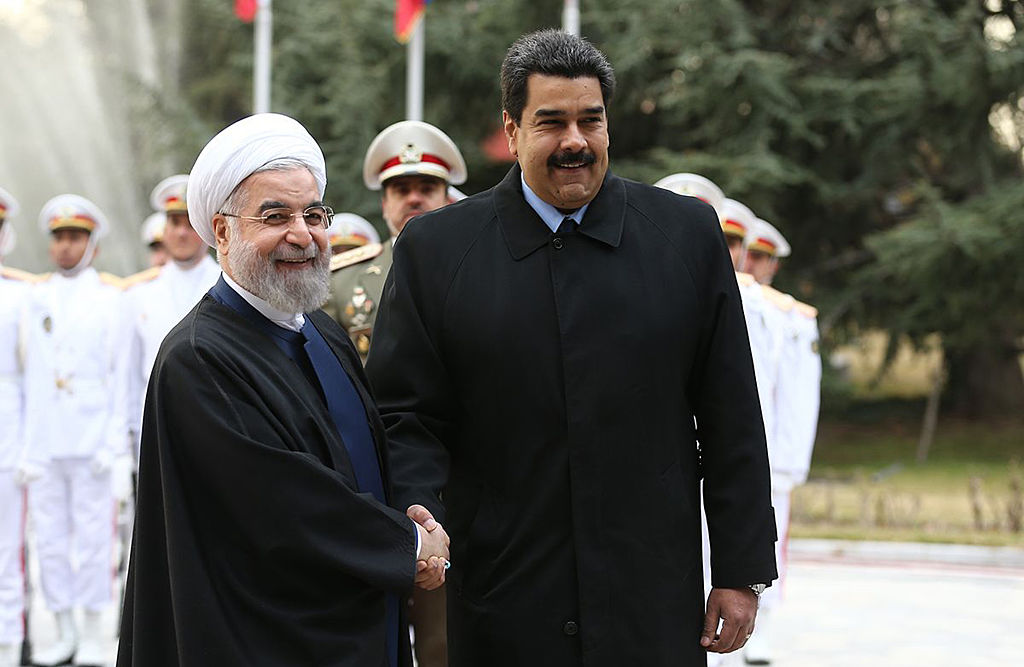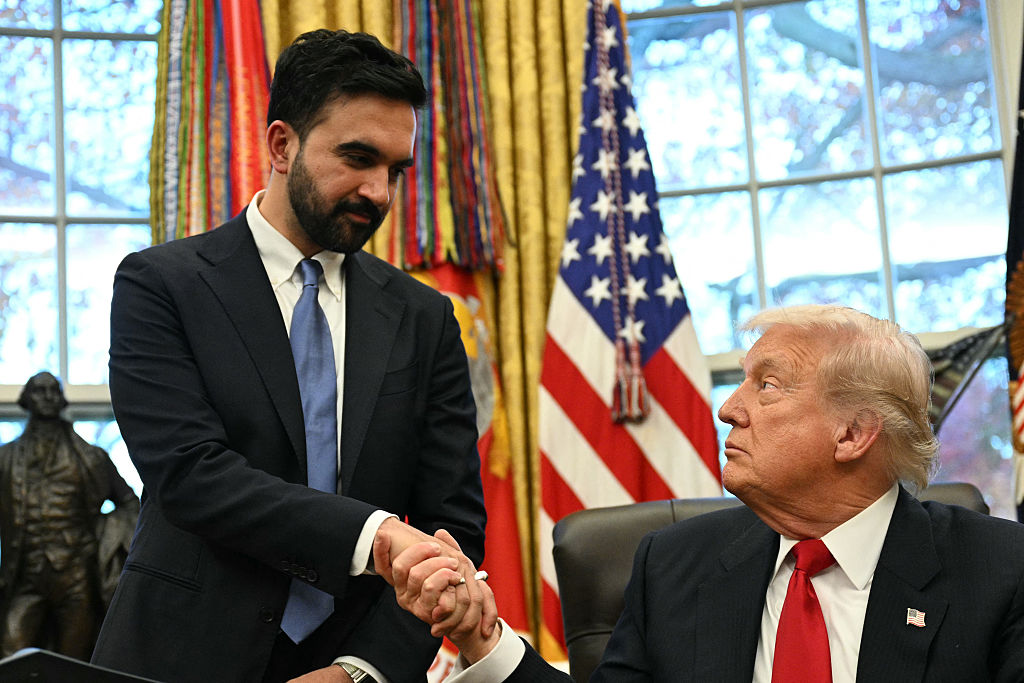“I run the country and the world,” said President Donald Trump last week. That’s not really an exaggeration. In our ever more mediatized age, Trump doesn’t just make the news. He is the news, win or lose. Why did Mark Carney triumph in the Canadian elections? A Trump backlash. What happened at the Pope’s funeral? Trump and Volodymyr Zelensky talked peace. Is the economy tanking? It’s the Trump, stupid.
Younger Donald’s ambition was to be the world’s most famous man – to achieve, as his son-in-law Jared Kushner put it, “virtually 100 percent name recognition.” He surpassed that years ago. His aspirations now are far bigger. In the first 100 days of his second presidency, which the global media marked on Tuesday with curious reverence, Trump has sought to usher in a new golden age – for America First, then the world. He wants to pull the global economy away from China’s grasp; to be the first commander-in-chief since Calvin Coolidge to reduce his nation’s debt; to create energy abundance and turbocharge US industry; to prove a prosperous country can stamp out illegal immigration; to eliminate “Marxism” in all federal institutions; and to destroy and remove the Diversity, Equity and Inclusion (DEI) dogma from almost every facet of American life. And that’s just the start.
On Tuesday, I asked Steve Bannon, leader of MAGA’s advance guard, to sum up Trump’s first 100 days in a word. “Revolution,” he replied. Revolutions are messy, though. Each of the first 50 days of the new administration gave Trump fans at least one exhilarating blast of executive action. But the second 50 have proved troublesome. On March 11, the Atlantic magazine’s editor-in-chief Jeffrey Goldberg revealed he’d been accidentally included in a text group chat with Trump’s senior team about its bombing campaign in Yemen. “Signalgate” was not quite the disaster the President’s more excitable critics wanted, but it was Trump 2.0’s first real boo-boo, an embarrassing story that cut against the image of high-energy slickness Team Trump had urgently wished to convey.
Then, on April 2, came “Liberation Day”: Trump’s big tariff rollout, which prompted widespread panic about a global recession and the end of capitalism as we know it. Even his most ardent admirers struggled to portray the tariffs as a clear win. On April 9, Trump agreed to a 90-day pause on the higher rate for reciprocal tariffs (the 10 percent baseline rate remains in place). Two days later, he exempted tariffs on electrical goods, including Chinese-made ones. It was not a volte-face exactly, but Trump had abandoned his maximalist approach, apparently because businesspeople everywhere were telling him that recession was imminent and shop shelves would soon be bare.
He also eased off because, when the market indices sank, so did his job-approval ratings. As the fear of rocketing prices bites, the independent voters who flocked to him last year have begun to turn away. And the convulsions from Liberation Day have spread doubts towards his other big, bold moves. Team Trump promised to cut federal spending by $2 trillion. So far, Elon Musk’s Department of Government Efficiency, for all its frenetic activity, has shaved off only $150 billion and Musk will soon be sloping off to tend to Tesla, which is struggling in Trump’s brave new world. The “hard truths” diplomacy over Ukraine has not yet brought peace. And despite the President’s hardline promises on immigration, Democratic pundits have been quick to point out that the daily rate of deportations was higher in the last months of Joe Biden’s administration.
But $150 billion in federal savings is hardly small change. On Ukraine, through his hyperbole and bluster, Trump has changed perceptions of the war in a way that could make a difficult peace deal easier for all sides to swallow. On the border, he can boast that illegal crossings have been reduced by 95 percent. That’s the real reason deportation numbers are lower than under Biden: fewer undocumented people are coming in. As ever, Trump’s opponents score points by carping about his deficiencies, while failing to notice that the game has already changed.
The politics of Trump 2.0 are a 21st-century twist on the French revolutionary tactic of surenchère – or overbidding. Internet-age theorists call it shifting the Overton window (the range of politically acceptable mainstream views). By adopting extremist and frightening positions on many fronts, Trump has been able to make lesser but still large strides in his preferred direction.
Revolutionary France, of course, produced the Reign of Terror. But Trump looks out of his reframed Overton window and sees only lovely moderation. “What the world has witnessed in the past 14 weeks is a revolution of common sense,” he said on Tuesday night. “That’s all it is. We’re conservative.” Fearing, perhaps, that he’d given too much away, he added: “You’re conservative, you’re liberal – whatever the hell… it’s about common sense.”
Whatever the hell – three words that sum up Trumpism. This week, on the North Lawn of the White House, the President’s press team put out a long row of signs, each featuring a criminal immigrant who has been arrested. A bizarre stunt, no doubt, but one that emphasized the President’s highly popular commitment to removing dangerous aliens. By declaring “war” on Harvard over its DEI policies, the administration can force all other higher educational institutions to undo DEI. By threatening to annex Greenland and plunder its rare-earth minerals, Trump can “drill baby drill” across America with less resistance.
Liberation Day may go down as the moment the second Trump administration started to fall apart. Or it may prove to be another masterclass in madman brinkmanship. By horrifying the global financial system with insanely high initial tariffs, Trump can now compromise on, say, a base rate of 10 percent, which not long ago would have made most economic analysts shriek. He appears to be making substantial concessions when in fact he isn’t. Opponents taunt him for having folded, yet emerging trade arrangements, such as the reportedly imminent deal with India, could end up being hugely advantageous to America.
Meanwhile, the White House can brag about the “$5 trillion-plus in new investment” that nervous companies and countries have allegedly pledged to America, plus the billions his External Revenue Service is bringing in through tariffs, which Trump claims will be offset by beautiful tax cuts any day now. The bet’s already paying off. Trump, the revolutionary gambler, is playing poker with the highest stakes imaginable. And he’s yet to lose.



